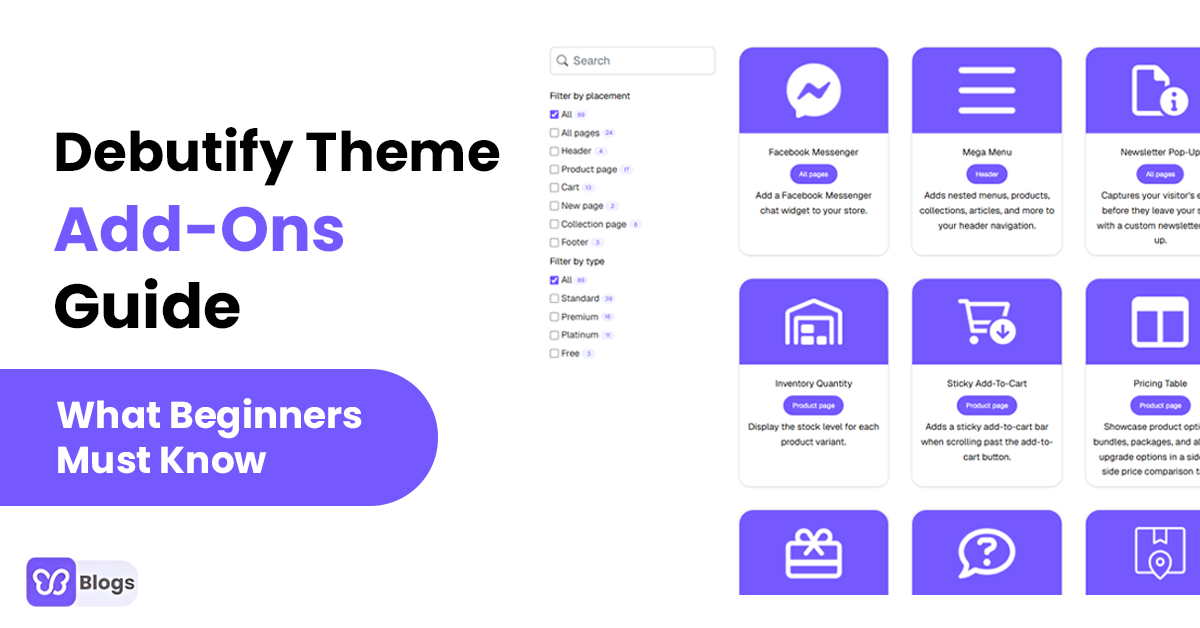A compelling storytelling campaign is essential for achieving marketing objectives and resonates with your audience. To create such a campaign, set clear objectives, understand your audience's demographics, interests, preferences, and behaviors, and tailor your story to resonate with their aspirations, challenges, and emotions.
Craft your brand story, a narrative that reflects your brand's values, mission, and unique selling points, using the classic storytelling structure of a beginning (introduction), middle (conflict or challenge), and end (resolution or outcome).
Choose the right channel to distribute your storytelling content, including social media platforms like Instagram, your website, email newsletters, blogs, or offline channels like events or printed materials. Create engaging content, including videos, articles, podcasts, infographics, interactive experiences, or a combination of formats, using visuals, compelling language, and emotional triggers to evoke a response from your audience.
Incorporate customer experiences to add authenticity and credibility, showcasing how your brand's presence has positively impacted others. Focus on emotions, such as joy, empathy, inspiration, or nostalgia, to make your story more memorable and impactful.
Maintain consistency in your storytelling campaign by aligning it with your brand's overall voice, style, and visual identity. Develop a promotional plan to reach your target audience effectively, using paid advertising, influencer partnerships, email marketing, social media promotion, SEO strategies, and PR efforts.
Monitor the performance of your storytelling campaign using relevant metrics, analyze data to understand what worked well and what can be improved, and use insights to optimize future campaigns.
Iterate and evolve your storytelling techniques and strategies, learning from your experiences to refine your approach to keep your audience engaged and connected with your brand. By following these steps, you can create a compelling storytelling campaign that resonates with your audience, strengthens your brand's identity, and drives meaningful engagement and results.
The integration of storytelling into marketing strategies can significantly enhance engagement, build brand loyalty, and drive conversions.
To effectively integrate storytelling in marketing now, it is essential to understand your audience, align with your brand identity, use multiple formats, create a compelling narrative, invoke emotions, highlight customer success stories, make it authentic, engage across channels, and include a Call to Action (CTA).
By understanding your audience's demographics, interests, preferences, and pain points, tailor your stories to resonate with their emotions and aspirations.
Aligning your stories with your brand's values, mission, and unique selling propositions helps reinforce brand identity and strengthens connections with your audience.
Utilizing various storytelling formats, such as videos, blogs, podcasts, social media posts, infographics, and interactive content, can appeal to different audience preferences and consumption habits.
Creating a compelling narrative that captivates your audience's attention from start to finish is crucial. Emotional storytelling can forge stronger connections with your audience, using techniques like empathy, humor, inspiration, or nostalgia. Highlighting customer success stories and testimonials can build trust and credibility.
Authenticity is crucial in storytelling, avoiding overly promotional content and focusing on genuine, transparent narratives that genuinely reflect your brand's values and commitment to customers. Engaging across channels, including a Call to Action (CTA), and measuring and optimizing your storytelling efforts using analytics can help refine and optimize your strategies over time.
By integrating these best practices into your marketing efforts, you can leverage the power of storytelling to create compelling narratives that resonate with your audience, differentiate your brand, and drive meaningful business outcomes.







